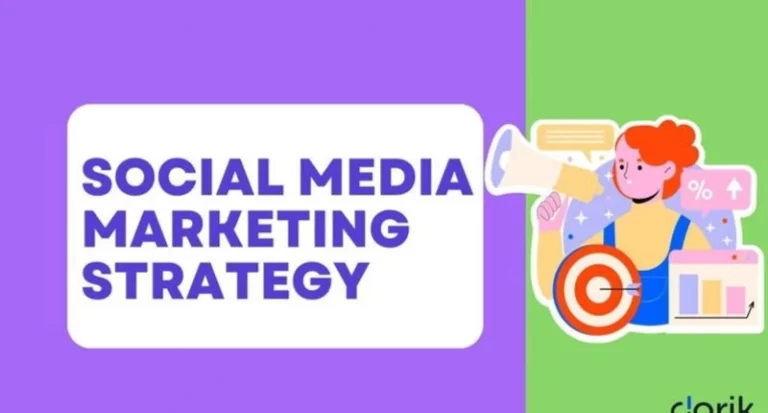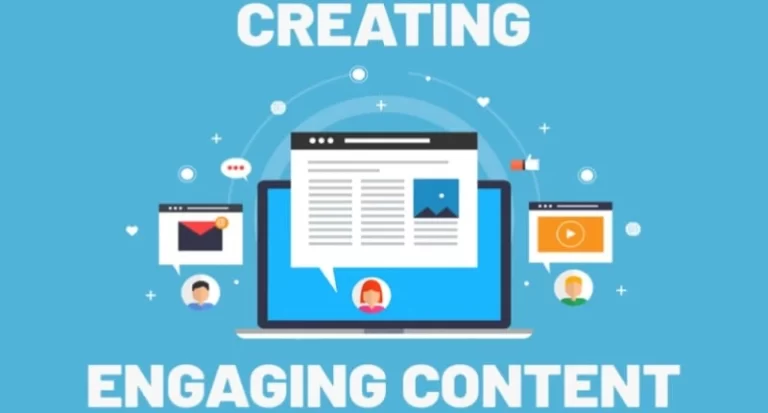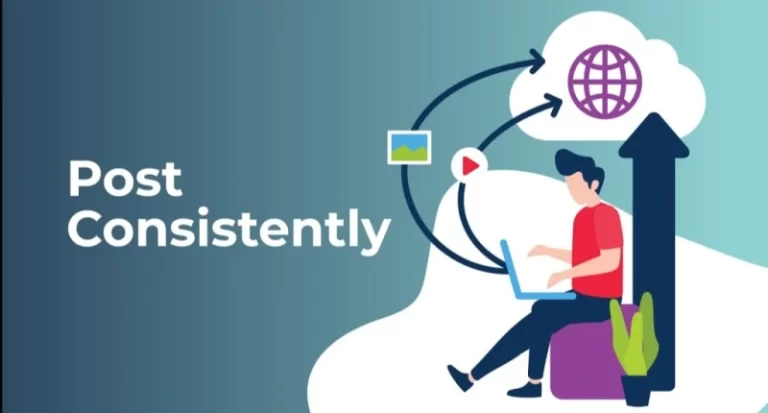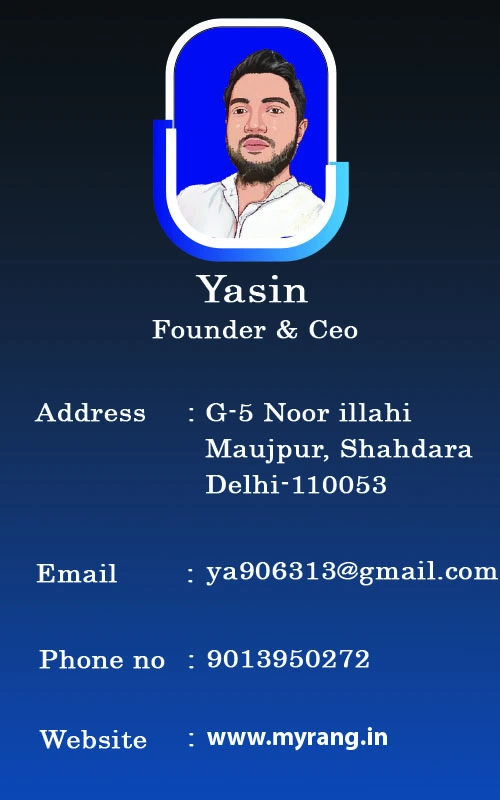SMM Strategy
Graphic Design Services promotion on Social Media platforms
1.Know Your Product
2.Know Your Audience
3.Select the Right Platforms
4.Marketing Goal
5.Create Engaging Content
6.Post Consistently
7.Use Paid Advertising
8.Track and Analyze Performance
Know Your Product or Service

- Identify Key Features and Benefits: Clearly define the most important aspects of your product or service. Highlight what makes it unique and valuable to your audience.
- Know Your Product’s Unique Selling Proposition (USP): Focus on your product’s USP, the differentiating factor that sets it apart from competitors. Highlight this in your social media messaging to create a compelling case for why customers should choose your product.
Know Your Audience

- Demographics: Understand your audience’s age, gender, location, income level, education and occupation. This helps you to choose the right platforms and create content that resonates with them.
- Psychographics: Learn about your audience’s interest, values, lifestyle and opinions. This helps you create content that emotionally connects with them.
- Behavioral Insights: Study your audience’s online behavior like what times they are most active, and their purchasing habits. Use this information to time your posts effectively and share the kind of content they engage with most.
Read More : What is Digital Marketing ?
Choose The Right Platform

Selecting the right social media platforms is essential to reaching your target audience and achieving your marketing goals.
. Facebook: Great for a broad, diverse audience, particularly for ages 25-50.
. Instagram: Popular among younger audiences (18-34), ideal for visual content.
. LinkedIn: Best for B2B marketing, professionals, and businesses targeting corporate audiences.
. Twitter:Perfect for real-time updates and quick engagement, popular among politicians and celebraties.
Set Marketing Goals

Setting clear marketing goals is the foundation of an effective Social Media Marketing strategy. Clearly define what you want to achieve (e.g., increase followers, boost engagement).
. Brand Awareness: Platforms like Instagram and Facebook are great for reaching broad audience.
. Lead Generation: LinkedIn is powerful for B2B lead generation and professional networking.
. Customer Engagement: Twitter and Facebook are ideal for interacting with your audience through comments, polls, and discussions.
Read More : What is Digital Marketing ?
Create Engaging Content

Content creation is the heart of your Social Media Marketing strategy. Engaging and valuable content attracts, retain, and convert your audience into loyal customers.
. Define Your Content Goals: Design your content with your business objectives. Each post should have a clear purpose, whether it’s educational, entertaining, or promotional.
. Know Your Audience: Create your content with your audience’s interests, pain points, and preferences. Content that speaks directly to your target audience’s needs will drive higher engagement.
. Use Visuals and Videos: Visual content like photos, graphics and videos are always get higher engagement.
Post Consistently

Consistency in posting is a critical factor in maintaining audience engagement and building a strong social media presence.
Develop a Content Calendar: Plan your posts in advance by creating a content calendar. This helps you maintain a regular posting schedule and ensures that you’re prepared for upcoming events and holidays.
Instagram: 3-5 posts per week, with regular stories or Reels.
Twitter: Multiple times per day to keep up with the fast-paced nature of the platform.
Facebook: 1-2 posts per day to maintain visibility without overwhelming your audience.
LinkedIn: 1-3 posts per week, focusing on high-quality, professional content. Consistency matters more than volume, so find a sustainable rhythm for your brand.
Use Paid Advertising

Paid advertising is a powerful tool to amplify your reach and achieve specific goals in your Social Media Marketing strategy.
Fast Result: Unlike organic strategies, which take time to build, paid ads generate immediate visibility and engagement.
Increased Reach and Visibility: Paid ads allow you to reach a much larger audience beyond your organic followers.
Platforms like Facebook, Instagram, and LinkedIn offer advanced targeting features, ensuring that your ads are seen by people who are most likely to be interested in your product or service.
Precise Targeting: With paid advertising, you can target users based on demographics (age, gender, location), interests, behaviors, and even purchase history.
Track and Analyze Performance

Tracking and analyzing your social media marketing performance is essential to understand what’s working and what needs improvement.
Set Key Performance Indicators (KPIs): Define measurable metrics to evaluate your success. Common KPIs include:
Engagement: Likes, shares and comments.
Reach: The total number of people who see your content.
Click-Through Rate (CTR): The percentage of users who click on links in your posts.
Conversion Rate: How many followers take the desired action (e.g., making a purchase, signing up).
Followers Growth: The rate at which your social media followers increase over time.
Use Analytics Tools:
Platform-Specific Analytics: Utilize tools like Facebook Insights, Instagram Analytics, Twitter Analytics, and LinkedIn Analytics to track metrics specific to each platform.
Google Analytics: Monitor traffic from social media to your website, track conversions, and understand which social channels are driving the most traffic.
Monitor Engagement and Reach: Track how users interact with your content. Engagement metrics show how well your content resonates with your audience, while reach metrics tell you how far your content is spreading.
Track ROI: Measure the return on investment by analyzing the relationship between your social media efforts and the results they generate. This can include lead generation, sales, or increased brand awareness.
Adjust Strategy Based on Data: Regularly review your analytics to understand what’s working. If certain types of content, platforms, or campaigns are underperforming, adjust your approach to focus on what’s delivering the best results.


